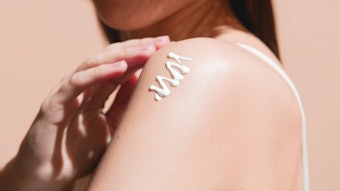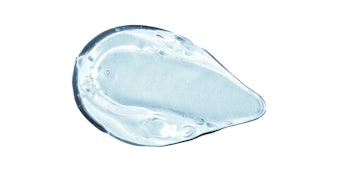
On Friday, June 12, Johnson & Johnson Consumer Health presented findings from the longest longitudinal study of infant and mother skin microbiome research at the American Academy of Dermatology (AAD) Virtual Meeting Experience (VMX) 2020. The study, along with new research shared on the first longer-term clinical assessment of cleanser types on skin microbiome, offers insights on changes in the skin microbiome as we age, as well as for the selection and development of skin cleansers and moisturizers.
In 2009 researchers at Johnson & Johnson Consumer Health began the first study to understand how the infant microbiome develops from birth to childhood. The long-term study also followed the mothers of each baby to see how their microbiome might change over time or influence the microbiome of their children.
Through ten years of follow-up, the study authors found that children at ages 3 to 4 had a similar skin microbiome as when they were infants. Their microbiome then began to change and had more microbial diversity from that point to age 10. The authors also found that the mothers of these children did not see significant changes to their skin microbiome over time.
“The increasing richness and diversity in the skin microbiome of children is due to the evolution of the microbial ecosystem on a skin surface that is actively developing,” ,” said study lead author Kimberly Capone, PhD, head of the microbiome platform at Johnson & Johnson Consumer Health. “In the first years of life, infant skin has a more permeable barrier, less total lipids, and is more hydrated than an adult’s skin, which may affect the composition of the skin microbiome. As the child grows, the skin’s structure and composition evolve, and along with diet and lifestyle changes, alterations in the composition of the skin microbiome occur.”
The authors enrolled 30 mothers and their 31 children at the start of trial and followed them with continuing participation of many participants over 10 years. They examined forearms and foreheads at predetermined timepoints.
Liquid Cleansers and Skin Microbiome
In a second study that evaluated liquid cleansers and their impact on the skin microbiome, Johnson & Johnson Consumer Health researchers studied six cleansers with 89 healthy women over four weeks. The cleansers ranged in pH and by type, including mild baby washes, adult facial washes, a restoring cleanser and a natural castile-based baby wash.
The study authors found that the skin microbiome of the participants was maintained with all six cleaners through four weeks. However, the cleanser with the highest pH had observed clinical effects, including increased transdermal water loss, increased skin pH and decreased skin lipids.
“Personal care products are used on a daily basis but, despite this, little is known about how they affect the skin barrier and composition of the skin microbiome with routine use,” said Dr. Capone. “These data indicate that properly formulated cleansers can be gentle to the skin barrier and microbiome in adults.”
Researchers in this evaluator-blinded, randomized clinical trial examined the forearm of participants at baseline, and then after 2 and 4 weeks of treatment.
Image Pixabay/Samuel Lee











